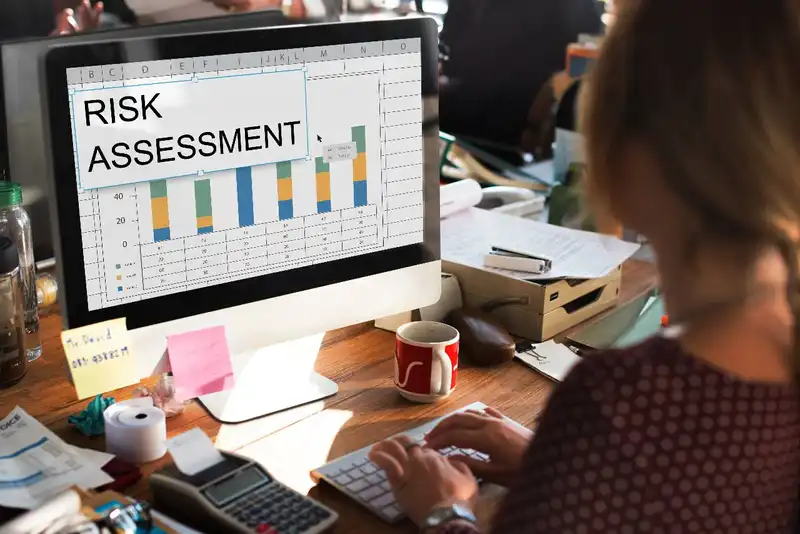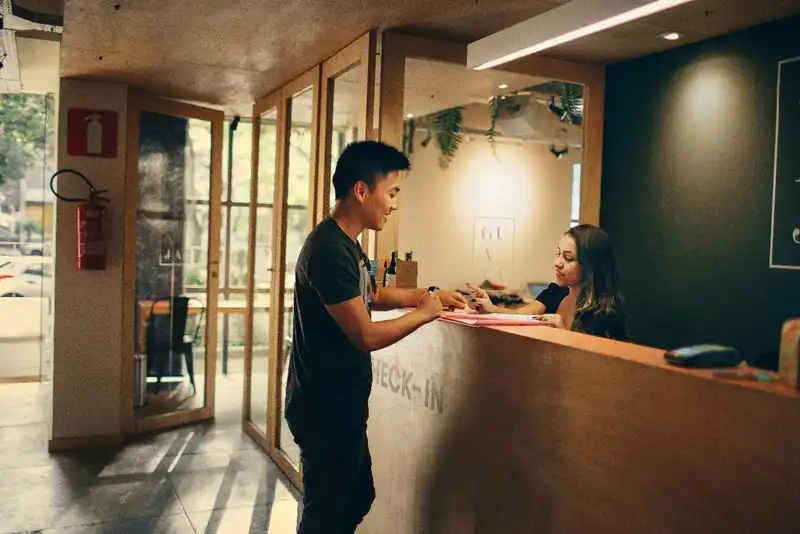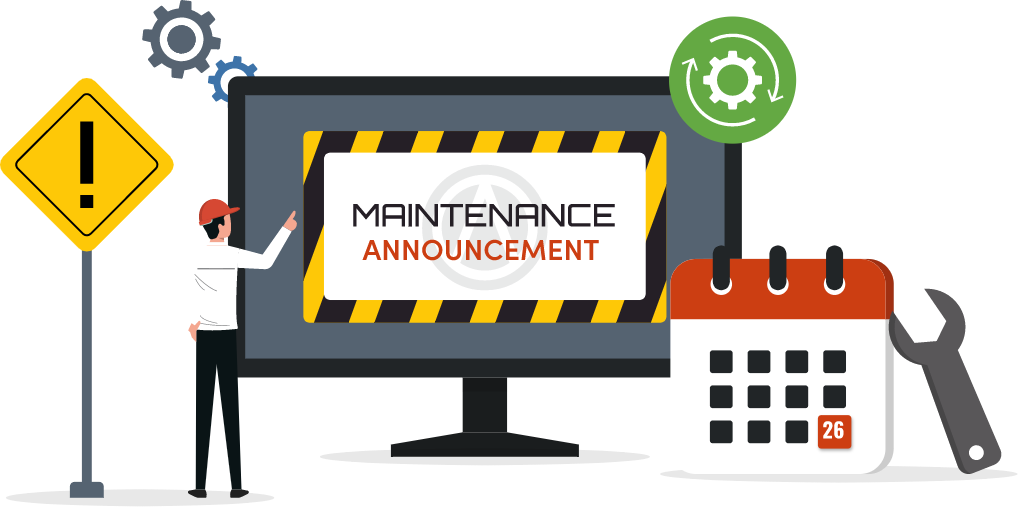What types of incidents should hotel staff report?
Staff should report any event that could impact guest or employee safety, property, or operations. This includes slips, falls, medical emergencies, equipment failures, security breaches, complaints escalating to potential hazards, and near-misses.
Top Risk Management Strategies Hotels Can Use to Improve Incident Reporting
Maintaining Safety, Compliance, and Guest Trust
Running a hotel comes with daily challenges - guest satisfaction, staff management, and operational efficiency all demand constant attention. Yet one area that often gets overlooked until something goes wrong is incident reporting.
For hotel owners, effective risk management isn't just about avoiding fines or legal claims - it's about creating a safe environment for both guests and employees. According to industry research, poorly documented incidents increase the likelihood of repeat problems and can raise insurance costs significantly. On the other hand, structured reporting systems help spot patterns early, reduce liability, and ensure that corrective action plans are actually followed.
The challenge many hotels face is not a lack of concern, but a lack of consistency. Busy staff often skip details, forms may be incomplete, and follow-up actions can slip through the cracks. This inconsistency not only undermines compliance but also leaves hotel owners vulnerable when incidents resurface.
Recognizing the Common Gaps in Hotel Incident Reporting

Before implementing stronger risk management strategies, it's important to understand where incident reporting often breaks down in hotels. These gaps are not usually caused by negligence, but rather by practical challenges that staff and managers face in their daily routines. Identifying them is the first step toward building a more reliable system.
One of the most common issues is under-reporting. Staff may hesitate to file reports because they fear being blamed, worry about slowing down operations, or simply believe the incident is too minor to document. This creates blind spots for management, where risks go unnoticed until they escalate.
Another frequent problem is inconsistent or incomplete reporting. Without a clear structure, reports may lack essential details such as the time, location, people involved, or the immediate response. Missing information makes it difficult to analyze trends or determine what corrective actions are truly needed. Inconsistent formats - some staff using handwritten notes, others using different templates - add even more confusion.
Finally, hotels often struggle with weak follow-up processes. An incident may be logged but not tracked through to resolution, leaving corrective action plans half-complete. This not only increases the chance of repeat incidents but also exposes the hotel to regulatory and liability risks if an inspector or insurer reviews the records.
By acknowledging these gaps - underreporting, inconsistent documentation, and poor follow-up - hotels can begin shaping risk management strategies that directly address the weak points in their current system. The goal is not just to collect information, but to use it effectively in protecting staff, guests, and the business itself.
Establishing Clear Reporting Procedures for Staff
Once the gaps are identified, the next step is to build clear and consistent reporting procedures that every staff member can easily follow. A well-structured process removes ambiguity, ensures that important details are captured, and gives employees the confidence to act quickly when incidents occur.
The foundation of effective reporting is a standard operating procedure (SOP). This should outline exactly what needs to be reported, who is responsible for submitting the report, and the specific steps involved. For example, every incident - whether it's a minor injury, a maintenance failure, or a guest-related conflict - should be documented using the same template. This eliminates guesswork and prevents incidents from being ignored because someone thought it wasn't serious enough.
Equally important is clarity around roles and responsibilities. Front-line staff should know they are expected to report the incident immediately, while supervisors may be responsible for reviewing the details and escalating it if necessary. Managers, in turn, must ensure that corrective action plans are logged and tracked. By clearly assigning duties, you reduce the risk of miscommunication and create accountability at every level.
To make the process practical, reports should be simple and accessible. Overly complex forms discourage staff from completing them thoroughly. Instead, focus on capturing essential information - what happened, when and where, who was involved, and what actions were taken in the moment. Even small improvements, such as using checklists or drop-down options in digital forms, can make reporting faster and more accurate.
By putting clear procedures in place, hotels create a structured flow from incident to resolution. This not only improves compliance but also helps management make better decisions based on reliable data, ultimately strengthening the entire risk management process.
Leveraging Technology to Streamline Reporting
Technology is a powerful enabler of effective risk management strategies in hotels. It simplifies reporting, strengthens accountability, and gives managers clearer insights into recurring issues. Here are the key ways hotels can use technology to streamline their incident reporting process -
1. Speed and Accessibility
Digital tools allow staff to submit reports directly from smartphones, tablets, or computers. This ensures incidents are recorded in real time, reducing the risk of forgotten details. Research shows organizations using digital reporting systems can cut reporting delays by up to 40%, leading to greater accuracy and faster responses.
2. Centralized Record-Keeping
Instead of relying on paper forms or scattered emails, digital platforms consolidate all incident reports into one secure system. Managers can easily retrieve records for audits, compliance checks, or insurance claims. Centralization also makes it possible to track progress on corrective action plans without losing visibility.
3. Automated Alerts and Reminders
Technology ensures follow-up actions are not overlooked. Automated notifications can remind supervisors to complete corrective action steps, review reports, or escalate urgent issues. This helps eliminate one of the most common weaknesses in manual reporting systems - incomplete follow-through.
4. Data-Driven Insights
Beyond basic documentation, digital tools enable hotels to analyze trends in incidents. For example, managers can spot patterns like frequent equipment breakdowns or recurring safety risks in certain areas. These insights support preventive measures, reducing the likelihood of repeat incidents.
By adopting technology for incident reporting, hotels move from reactive problem-solving to proactive risk management. When combined with clear procedures, these tools create a safer environment for both staff and guests while reducing liability and operational stress.
Training and Empowering Staff

Even the best systems and technology will fall short if staff are not properly trained or motivated to use them. For hotels, building a culture where incident reporting is natural and encouraged requires deliberate effort. Staff must not only know how to report but also understand why it matters.
1. Provide Regular, Practical Training
Training should go beyond handing out manuals. Employees need clear demonstrations on how to use reporting tools, what details to include, and when to escalate an incident. Short, frequent training sessions - rather than one-time workshops - help keep the process fresh and easy to follow.
2. Foster a "No-Blame" Culture
One of the biggest barriers to accurate reporting is fear. Staff may worry about being blamed for mistakes or penalized for reporting incidents. Management should reinforce that incident reporting is about prevention, not punishment. By framing reporting as a protective measure for guests, staff, and the business, employees are more likely to engage honestly.
3. Empower Staff Through Feedback
Employees should see that their reports lead to action. When staff notice that their input results in corrective measures - such as fixing faulty equipment or addressing safety hazards - they feel valued. This feedback loop reinforces reporting as a meaningful contribution rather than just extra paperwork.
4. Recognize and Reward Accountability
Simple acknowledgments, such as thanking staff for thorough reports or recognizing departments with strong compliance, can encourage participation. Recognition fosters ownership, which strengthens the culture of accountability.
By training, supporting, and empowering staff, hotels transform incident reporting from a burdensome task into a shared responsibility. The result is not just better compliance but a safer, more confident workforce that plays an active role in reducing risks.
Elevate Food Safety, Simplify Compliance!
Experience Seamless Food Safety with Altametrics!
Linking Incident Reports to Corrective Action Plans
Recording incidents is only the first step in risk management. To truly reduce risks, hotels must connect each report to a corrective action plan (CAP) - a structured response that ensures the problem is addressed and prevented from recurring. Without this link, incident reports become passive records rather than tools for continuous improvement.
1. Define Clear Corrective Actions
Every incident report should lead to a specific action. For example, if a guest slipped in the lobby, the corrective action might include scheduling more frequent floor checks, improving signage, or adjusting cleaning procedures. Actions must be concrete and measurable, not vague promises to be more careful.
2. Assign Responsibility and Deadlines
Corrective actions are only effective if someone is clearly accountable. Each step should be assigned to a staff member or department, with a timeline for completion. This prevents tasks from falling through the cracks and keeps progress visible.
3. Document and Track Progress
Using digital tools or structured logs, managers can monitor whether corrective actions are completed. Tracking also provides valuable documentation for audits, insurance claims, or regulatory checks, showing that the hotel takes risk management seriously.
4. Evaluate Effectiveness
Once actions are completed, managers should review whether the incident risk has been reduced. If the same problem occurs again, the corrective plan may need to be adjusted. This review process closes the loop, ensuring continuous improvement.
By linking incident reports to corrective action plans, hotels transform problems into opportunities for growth. This approach not only prevents repeat issues but also builds trust among staff and guests by demonstrating that safety concerns are taken seriously and acted upon swiftly.
Monitoring, Reviewing, and Improving the Reporting Process
Even with clear procedures, trained staff, and digital tools, incident reporting in hotels is not a "set it and forget it" process. Continuous monitoring and review are essential to ensure the system remains effective and evolves to address emerging risks.
1. Conduct Regular Audits of Incident Reports
Managers should routinely review incident logs to ensure reports are complete, accurate, and submitted on time. Audits help identify gaps, such as recurring incomplete entries or delayed submissions, and provide an opportunity to reinforce procedures with staff.
2. Analyze Trends and Patterns
Beyond individual incidents, analyzing data across time and locations helps identify high-risk areas. For example, repeated slip-and-fall incidents in a certain hallway may indicate a need for improved flooring, better lighting, or revised cleaning schedules. Trend analysis turns raw data into actionable insights that can prevent future incidents.
3. Review Corrective Action Effectiveness
Monitoring is not just about checking reports; it's also about tracking whether corrective actions resolve the underlying problem. If issues persist, policies and procedures may need adjustment. This ensures the system is genuinely reducing risk rather than simply generating paperwork.
4. Encourage Continuous Feedback from Staff
Front-line employees are often the first to notice gaps or inefficiencies in reporting. Creating a feedback loop allows them to suggest improvements, increasing engagement and ownership of the process.
By actively monitoring and refining the reporting system, hotels maintain a proactive approach to risk management. This continuous improvement cycle strengthens operational safety, reduces liability, and fosters a culture where staff feel empowered to report incidents, knowing their input drives real change.
Building a Safer, Stronger Hotel
Effective risk management in hotels is not just about compliance - it's about creating a safe, organized, and resilient environment for both staff and guests. By implementing structured incident reporting systems, hotels gain the ability to detect, respond to, and prevent risks before they escalate into serious problems.
A key takeaway is that incident reporting should never be treated as a checkbox task. When combined with clear procedures, digital tools, staff training, and corrective action plans, it becomes a powerful mechanism for continuous improvement. Hotels can identify patterns, address recurring issues, and allocate resources where they are needed most. Data-driven insights derived from proper reporting help managers make informed decisions, minimize liability, and improve operational efficiency.
Equally important is the human element. Staff must feel supported and empowered to report incidents honestly. A culture built on accountability, transparency, and no-blame principles ensures that employees engage consistently with the system. When staff see their reports lead to real corrective actions, it reinforces the value of their contributions and strengthens trust across the team.
Ultimately, investing time and effort into risk management strategies pays off in multiple ways - fewer accidents, smoother operations, reduced legal exposure, and higher guest satisfaction. Hotels that prioritize structured incident reporting and follow-through are not only protecting their business - they are building a foundation of safety, reliability, and long-term success.
Stay Compliant, Elevate Your Business!
Discover Altametrics for Effortless Compliance Management
Must-Read Content

How to Build an Effective Incident Management Process in Your Restaurant

The Hotelier's Guide to Writing Effective Incident Reports











